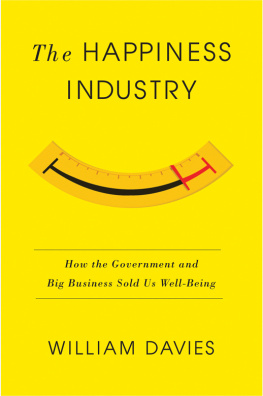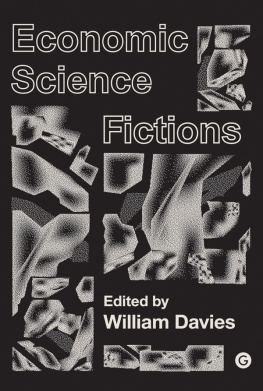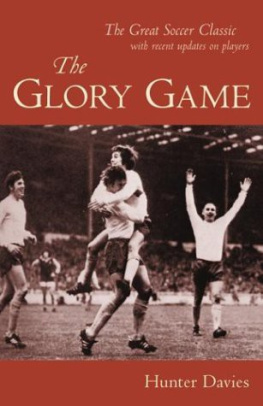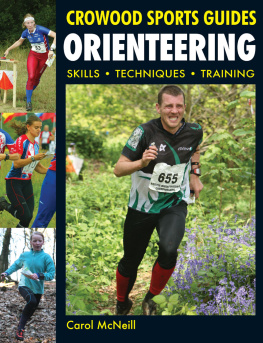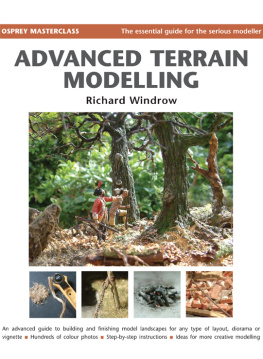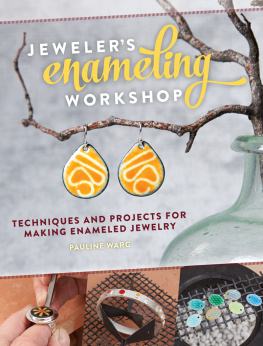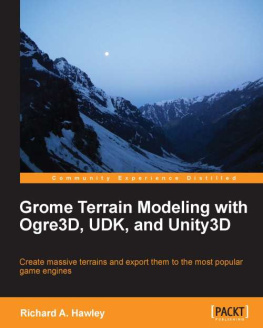First published in Great Britain in 2015 by
Pen & Sword Military
an imprint of
Pen & Sword Books Ltd
47 Church Street
Barnsley
South Yorkshire
S70 2AS
Copyright Paul Davies 2015
ISBN: 978 1 78159 274 8
EPUB ISBN: 978 1 47385 451 2
PRC ISBN: 978 1 47385 463 5
The right of Paul Davies to be identified as the Author of this Work has
been asserted by him in accordance with the Copyright, Designs and Patents
Act 1988.
A CIP catalogue record for this book is available from the British Library
All rights reserved. No part of this book may be reproduced or transmitted
in any form or by any means, electronic or mechanical including
photocopying, recording or by any information storage and retrieval system,
without permission from the Publisher in writing.
Typeset in Ehrhardt by
Mac Style Ltd, Bridlington, East Yorkshire
Printed and bound in India by Replika Press Pvt. Ltd.
Pen & Sword Books Ltd incorporates the imprints of Pen & Sword
Archaeology, Atlas, Aviation, Battleground, Discovery, Family History,
History, Maritime, Military, Naval, Politics, Railways, Select, Transport,
True Crime, and Fiction, Frontline Books, Leo Cooper, Praetorian Press,
Seaforth Publishing and Wharncliffe.
For a complete list of Pen & Sword titles please contact
PEN & SWORD BOOKS LIMITED
47 Church Street, Barnsley, South Yorkshire, S70 2AS, England
E-mail:
Website: www.pen-and-sword.co.uk
CONTENTS
ABOUT THE AUTHOR
P aul Davies has been a wargamer or as his long-suffering wife prefers to say, has been messing around with toy soldiers and all that malarkey for more years than he cares to admit or chooses to remember. Suffice to say that when Airfix released their Guards colour party plastic figures, he was at the front of the queue outside his local toyshop. The wargaming possibilities of this set were somewhat limited, and suitable plastic opponents non-existent, but as soon as the British infantry combat group were released, followed by German infantry, he never looked back; he still harbours an affection for soft plastic even though that view seems to be tantamount to heresy in some quarters.

Allegedly, the hobby has kept him relatively sane, and he has been a regular contributor to Wargames Illustrated since 2006, and in 2008 wrote the first of a regular series of How to articles aimed at showing wargamers of different skill levels how to construct their own buildings and terrain features. In addition to his magazine work, he also undertakes private commissions for individual wargamers and clubs, winning numerous awards, including in 2008 the Best Terrain award at Salute for his 1/300th scale interpretation of the Battle of the Alma!
Paul lives with his wife and son in Minehead in Somerset where he continues to wargame at his local club, design and construct buildings and terrain, write magazine articles and reviews, and no doubt, if asked, further books.
INTRODUCTION
E ver since 2008, when I wrote my first How to article for Wargames Illustrated, Ive often been asked if I would ever write a book about making wargame terrain and scenery. To be honest, Id thought about it, but the time just hadnt been right. However now, thanks to Pen & Sword, Ive finally got my act together and written this book to help you to make your own terrain and scenery, from simple to more complex projects which broadly span historical periods and geographical locations, as well as being suitable for fantasy and sci-fi gaming.
Before going any further I should clarify some of the terminology used:
Terrain is the ground onto which I place scenery. Depending on the way in which you decide to create your terrain it may also include natural or man-made features like rivers and roads.
Scenery comprises of whatever I place onto the terrain; rivers, hills, trees etc., and man-made objects such as roads, fences, walls, bridges and of course buildings.
Ive occasionally been asked, Why bother with terrain and scenery anyway? My answer is to adapt Frederick the Greats observation that artillery lends dignity to what might otherwise be a vulgar brawl, by suggesting that terrain and scenery lend interest to what might otherwise be just a boring table, with the caveat that although realistic terrain undoubtedly enhances the wargame experience, its not essential for an enjoyable game.
As a keen wargamer who moved into the hobby from modelmaking, aesthetics are very important to me, and I do prefer fighting battles on well-prepared terrain, with well-painted miniatures. Like railway modellers who every so often get down to track level to view their creation, it is not unknown for me to, part way through a game, take a look at the battle from ground level to view the action. And when taking photographs at wargame shows for Wargames Illustrated I always try to do so ().

Figure 1: German Fallschirmjger prepare an urban ambush in Welcome to France. (Huntingdon & District Wargames Society)

Figure 2: A close up of an English Civil War battle. (Graham Cookson)
I always prefer to see wargame figures set into the terrain rather than on it, and another good example of this approach is the 15mm Wagram game presented by Gary Williams and Martin Stanbridge of the Loughton Strike Force ().

Figure 3:Wagram in 15mm. (Gary Williams and Martin Stanbridge)
When considering whether or not to make your own scenery, there are a number of considerations to take into account, not least financial and time constraints. Whether you buy or make your terrain and scenery there is always a cost involved, and it would be misleading of me to claim that making your own terrain will always save you money. Sometimes it will, sometimes it wont, but what it will always do is give you the opportunity to create your own unique wargaming experience by giving you total creative control. With practice and experience, you will be able to make exactly what you need and not be restricted by what is available commercially. Having said that, there is a tremendous range of terrain and buildings available across the scales, much of it is reasonably priced so long as you dont want too much of it, and you can always adapt it to make it more individual to you ().
Time too can sometimes be an issue. Creating your own collection of terrain and scenery wont happen overnight, and you should never rush terrain and scenery making: thats when things go horribly wrong as I know to my cost from working on modelmaking commissions with unrealistically short deadlines. Admittedly sometimes you can have a happy accident and discover a new technique; Ive had a few of those which Ill mention later but generally, rushing and trusting to luck shouldnt be seen as an acceptable modelmaking technique!

Figure 4: This building has been adapted from two 4Ground originals by Mark Densham to create a unique model.

Next page


